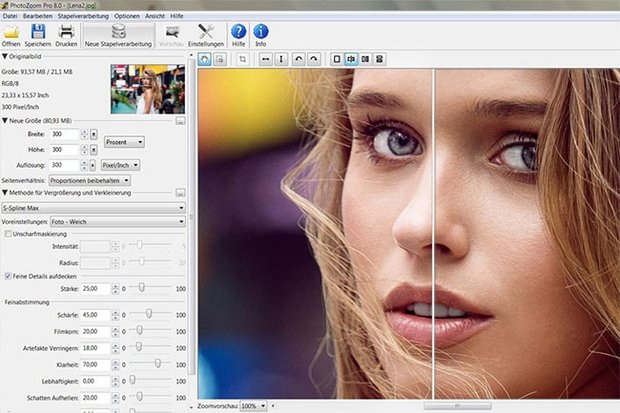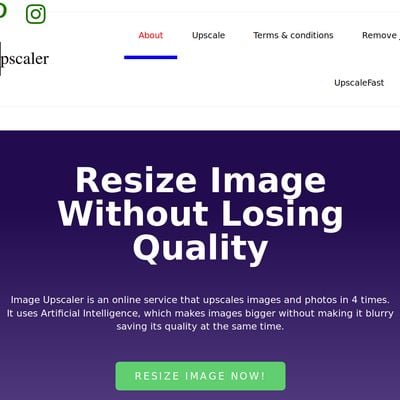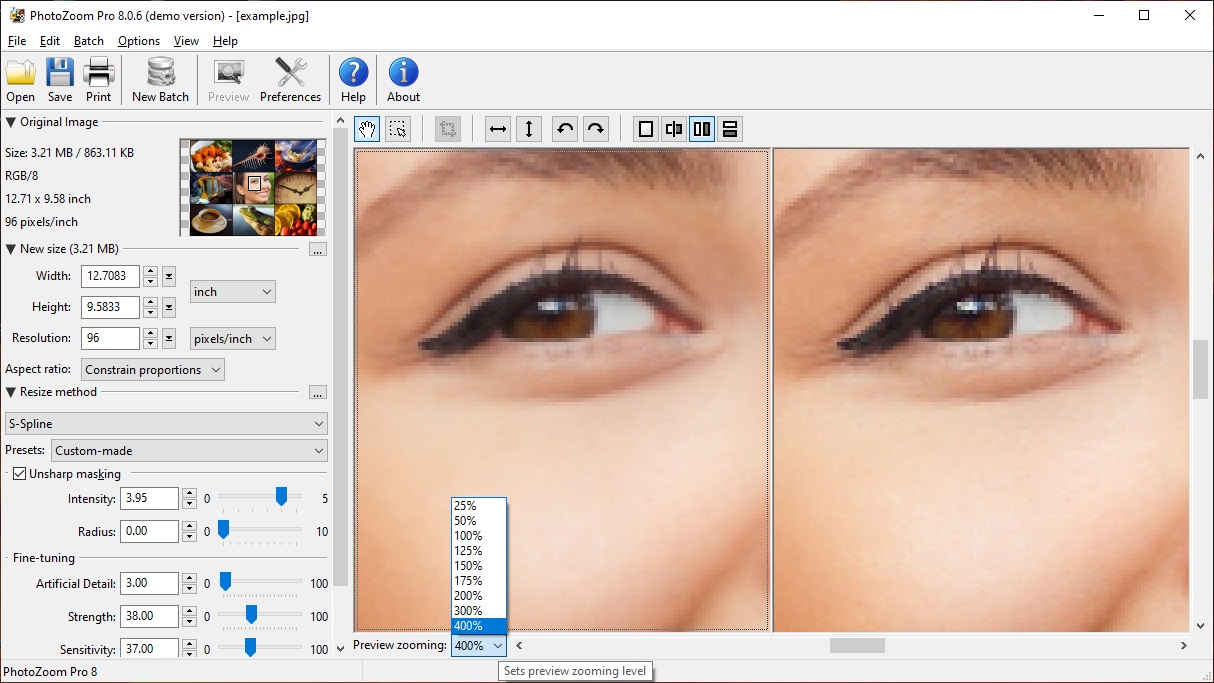

- #Photozoom pro best settings old scanned photos pdf
- #Photozoom pro best settings old scanned photos archive
- #Photozoom pro best settings old scanned photos full
- #Photozoom pro best settings old scanned photos portable
#Photozoom pro best settings old scanned photos portable
PNG is short for Portable Network Graphic - key word there is “portable.” And this makes sense because files meant to be transferred around the internet do need to be as portable as possible - especially on devices like smartphones and tablets trying to access cellular networks in areas with poor service.īut, when I think about saving and archiving my scanned photograph collection, portability isn't something I'm concerned with at all. The TIFF file format was created in the mid-1980's for use in desktop publishing and was then designed to become the go-to standard format for saving scanned photographs and has been for over 3 decades.Īnd the PNG file literally tells us in its name that it wasn't designed for such a purpose. Think of this as a Mini-Lesson on learning the best file types for scanning your photo collections! Until now you needed to be a Member, but for a limited time, I'm also making this portion available for you to watch too. Yet other times, many are surprised what they really need is a nail and hammer instead.Įach item in your list to be scanned might need a different file type to be used - documents, film, and prints, etc., “One size” likely won't “fit all” here.īelow is a special video that's a section taken from one of my lessons called “ Digital Masters and File Types” in my video training course on scanning and organizing photos. Other times you need a Phillips head screwdriver. Sometimes what you are working on requires a flat head screwdriver.
#Photozoom pro best settings old scanned photos archive
You may have been led to believe these were your two best options, and this is why you arrived at this post.Įven though these are two of the most popular file formats for images in general, it doesn't necessarily mean either one of these will be the best for your own photo scanning needs that also matches your level of goals for your photo collections.Ĭhoosing the right file format to archive your scanned items is kind of like picking a tool for each situation in a household project. I think it's important to bring up how critical it is to know whether the PNG or the TIFF is even the right choice for you.

Make Sure the PNG or TIFF Is Even the Right Choice For You
#Photozoom pro best settings old scanned photos pdf
#Photozoom pro best settings old scanned photos full

Can store “layers” within (useful in high-end editing applications like Adobe Photoshop).Files are usually stored uncompressed, but the option to reduce the file size is also available (using lossless compression and sometimes even lossy compression when supported by the application).



 0 kommentar(er)
0 kommentar(er)
